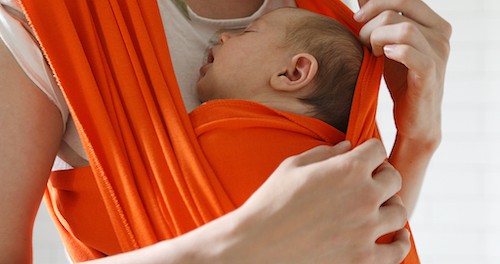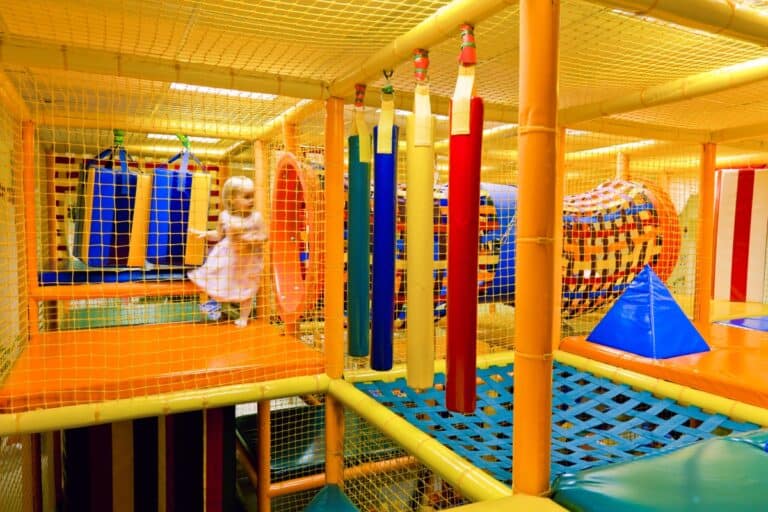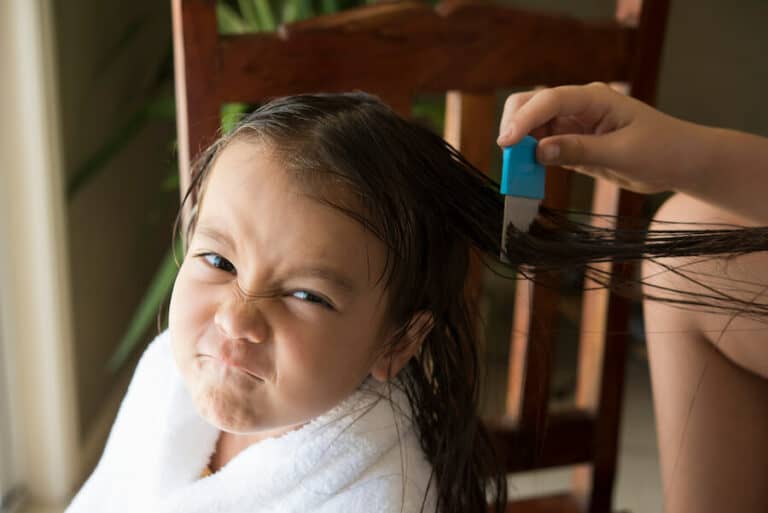Snuggle Up! Babywearing from Newborns to Toddlers

Many babywearing and carrying aids can help you bond with your new baby, but they’re not just super chic accessories. They’re really practical! Read on to learn how baby wraps and baby carriers can promote healthy bonding, from newborns to toddlers.
Babywearing for Closeness
Carrying your new baby and holding them close might be one of the most important jobs of many new parents. To many people, this statement seems like common sense: after spending nine months in a cozy womb, why wouldn’t you still want to feel snuggled up?
This has nothing to do with pampering. With babywearing, you’re simply satisfying the child’s basic need for closeness and affection.
But how can you keep your baby secure and cuddled when you’re on the go? And what are some of the best ways to carry your child? There are so many safe and fun options!
Instead of carrying your child on your hips with one arm, you can strap them to your stomach or back with a wrap or baby carrier. This method isn’t just better for the baby’s back, hips, and joints – but also for you and your back. Some baby carriers are even designed so you can breastfeed while wearing your infant.
Today, there’s a large market for baby carriers and accessories to foster babywearing. But before you buy just any type of carrying aid, you should pay attention to several things.

Proper Babywearing Position
When carrying your newborn, they should be in a spread-squat position, especially if they have been diagnosed with hip dysplasia. Your baby will automatically adopt this position, sometimes referred to as the frog position, when you snuggle them to your breast. When babywearing, it’s essential that the legs don’t hang down loosely; knees should be at the approximate level of the belly button and form an M.
In addition, your baby’s back should always be slightly curved but not pushed into a swayback position. Swayback is simply when the hips overrotate so the hips don’t sit properly, but the firm support of many Soft Structured Carriers, like the BabyBjorn or Ergobaby, should help you put your baby in an ideal position to prevent it.
Another risk of a bad babywearing position could be over-stimulating your baby when he or she faces away from you. That’s why it’s doubly important to carry your child in such a way that they can snuggle up for some bonding time when the world overwhelms them.
Of course, there’s a big difference when you’re wearing a newborn versus a toddler. Older toddlers are often eager to see the world around them, so they have fewer positioning restrictions in a baby carrier.

Head Position When Carrying in a Sling or Wrap
No matter how you’re carrying your child, make sure to support their head until they can hold it up by themselves. This is easy to do in a baby wrap. You can just pull the edge tightly and hold the infant’s head with an additional cloth. Baby carriers usually have a kind of hood that prevents the head from falling back, or they should invest in the infant insert for babies that are too small.
When in doubt, try the kiss test. If you can comfortably kiss your baby’s forehead when they’re in the carrier, chances are, their head is well-supported.
By paying attention to these things, you make a significant contribution to your baby’s safety. The T.I.C.K.S. rule is also a good reminder:
- Tight
- In View At All Times
- Close Enough To Kiss
- Keep Chin Off The Chest
- Supported Back
Babywearing Advice With Slings and Other Things
As your child changes, so might your choice of baby carrier. The smallest babies might love the close snuggles of a baby wrap, but as they get heavier, you might want to switch from a wrap to another type of carrier. The Soft Structured Carrier helps distribute weight to your hips, so you’re less likely to strain your back.
Ask advice from family on the FamilyApp, or bring in experts like Babywearing International. This organization is represented in almost 40 states and has regular classes for new parents. They can definitely help you choose the right accessories, from slings and wraps to other carriers. This process might seem daunting at first but keep an open mind and get ready for quality bonding time!





